Buy the photo Racemose Doto nudibranch, Tulamben, Bali, Indonesia. by Aniek Stevense on canvas, ArtFrame, poster and wallpaper, printed on demand in high quality.
About "Racemose Doto nudibranch, Tulamben, Bali, Indonesia."
by Aniek Stevense
About the artwork
Racemose Doto nudibranch, ~0.5cm, taken in Tulamben, Bali, Indonesia.
The Racemose Doto is a small, fragile nudibranch found in the Mediterranean Sea and along the Atlantic coasts. It is usually seen on hydroid colonies, its main source of food.
Like other Doto species, it stores the stinging cells from its prey in its cerata, using them later for defense. Some individuals can also absorb pigments and photosynthetic algae from their food. These algae remain active in its tissues, providing an additional source of energy through photosynthesis.
Despite its small size, the Racemose Doto demonstrates how clever marine life can be: combining effective defense with efficient energy use, even at just a few centimeters long.
This underwater photo was taken while diving, focusing on the small marine life that often goes unnoticed. Underwater macro photography requires a lot of skill and control – you move, the subject moves, and light behaves completely differently than it does above the surface. Everything has to come together: buoyancy, timing, and sharp focus.
The result shows how much color, detail, and life exists beneath the surface. I photograph to make this hidden world visible and to show how unique and fragile it really is.
Want to see more images from this series? Take a look at my full gallery here on Werk aan de Muur.

About Aniek Stevense
Enthusiastic diver specialising in (super)macro.
I can add all photos from my instagram (www.instagram.com/aniek_divepics) to this site...
Read more…
 Germany
Germany Ordered in January 2022
Ordered in January 2022
 Germany
Germany Ordered in April 2025
Ordered in April 2025
 Germany
Germany Ordered in May 2021
Ordered in May 2021
 Netherlands
Netherlands Ordered in October 2021
Ordered in October 2021
 Germany
Germany Ordered in October 2022
Ordered in October 2022
 Germany
Germany Ordered in February 2023
Ordered in February 2023
 Germany
Germany Ordered in May 2022
Ordered in May 2022
 Germany
Germany Ordered in April 2020
Ordered in April 2020
 Germany
Germany Ordered in November 2019
Ordered in November 2019
 Netherlands
Netherlands Ordered in August 2023
Ordered in August 2023
 Germany
Germany Ordered in May 2022
Ordered in May 2022
 Germany
Germany Ordered in October 2020
Ordered in October 2020
About the material
ArtFrame™
Interchangeable Art Prints
- High-quality print
- Easily interchangeable
- Acoustic function
- Large sizes available
Discover the artworks of Aniek Stevense
 A purple Flabellina affinis nudibranch, Corfu, GreeceAniek Stevense
A purple Flabellina affinis nudibranch, Corfu, GreeceAniek Stevense A purple Flabellina affinis nudibranch, Corfu, GreeceAniek Stevense
A purple Flabellina affinis nudibranch, Corfu, GreeceAniek Stevense Racemose Doto nudibranch, Tulamben, Bali, Indonesia.Aniek Stevense
Racemose Doto nudibranch, Tulamben, Bali, Indonesia.Aniek Stevense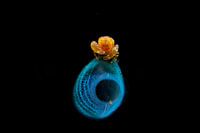 Odontia bagginsi shrimp, Tulamben, Bali, IndonesiaAniek Stevense
Odontia bagginsi shrimp, Tulamben, Bali, IndonesiaAniek Stevense White/orange/purple Cratena peregrina and Flabellina affinis nudibranch, Corfu, GreeceAniek Stevense
White/orange/purple Cratena peregrina and Flabellina affinis nudibranch, Corfu, GreeceAniek Stevense Racemose Doto nudibranch, Tulamben, Bali (Indonesia)Aniek Stevense
Racemose Doto nudibranch, Tulamben, Bali (Indonesia)Aniek Stevense Costasiella kuroshimae with baby; shaun the sheep or leaf nudibranch, Tulamben, Bali, IndonesiaAniek Stevense
Costasiella kuroshimae with baby; shaun the sheep or leaf nudibranch, Tulamben, Bali, IndonesiaAniek Stevense Candy crab, Tulamben, Bali, IndonesiaAniek Stevense
Candy crab, Tulamben, Bali, IndonesiaAniek Stevense Juvenile clown frogfish, Tulamben, Bali, IndonesiaAniek Stevense
Juvenile clown frogfish, Tulamben, Bali, IndonesiaAniek Stevense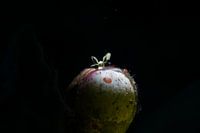 Ercolania endophytophaga nudibranch, Tulamben, Bali, IndonesiëAniek Stevense
Ercolania endophytophaga nudibranch, Tulamben, Bali, IndonesiëAniek Stevense Purple Eubranchus (Eubranchus sp.) nudibranch, Tulamben, Bali, IndonesiëAniek Stevense
Purple Eubranchus (Eubranchus sp.) nudibranch, Tulamben, Bali, IndonesiëAniek Stevense Hairy shrimp, Tulamben, Bali, IndonesiëAniek Stevense
Hairy shrimp, Tulamben, Bali, IndonesiëAniek Stevense Pikachu nudibranch (Thecacera pacifica), Tulamben, Bali, IndonesiëAniek Stevense
Pikachu nudibranch (Thecacera pacifica), Tulamben, Bali, IndonesiëAniek Stevense Fish eggs, Tulamben, Bali, IndonesiëAniek Stevense
Fish eggs, Tulamben, Bali, IndonesiëAniek Stevense A purple Flabellina affinis nudibranch, Corfu, GreeceAniek Stevense
A purple Flabellina affinis nudibranch, Corfu, GreeceAniek Stevense Juvenile Clown Frogfish (Antennarius maculatus), Tulamben, Bali, IndonesiaAniek Stevense
Juvenile Clown Frogfish (Antennarius maculatus), Tulamben, Bali, IndonesiaAniek Stevense Purple Facelinid (Facelina sp.) nudibranch, Tulamben, Bali, IndonesiëAniek Stevense
Purple Facelinid (Facelina sp.) nudibranch, Tulamben, Bali, IndonesiëAniek Stevense Eubranchus mandapamensis nudibranch, Tulamben, Bali, IndonesiëAniek Stevense
Eubranchus mandapamensis nudibranch, Tulamben, Bali, IndonesiëAniek Stevense Indian Caloria nudibranch, Tulamben, Bali, IndonesiëAniek Stevense
Indian Caloria nudibranch, Tulamben, Bali, IndonesiëAniek Stevense Cratena simba (Thecacera pacifica) , Tulamben, Bali, IndonesiëAniek Stevense
Cratena simba (Thecacera pacifica) , Tulamben, Bali, IndonesiëAniek Stevense

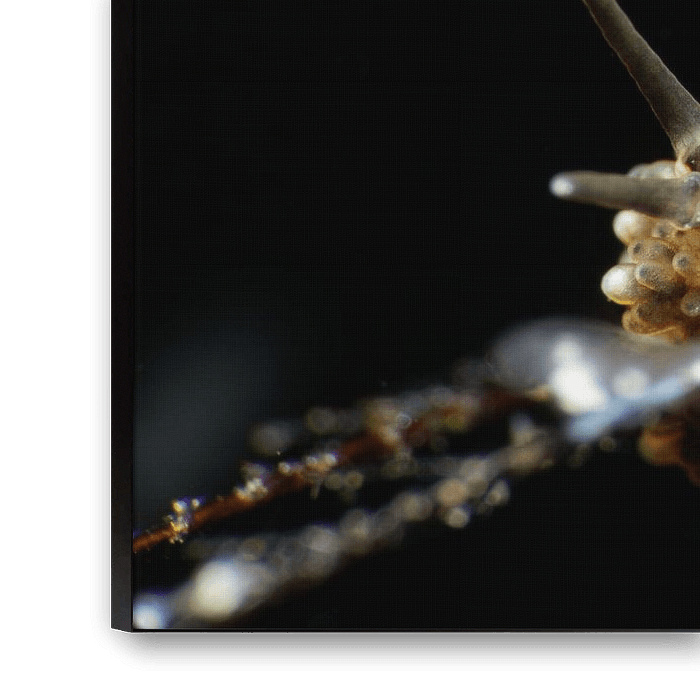
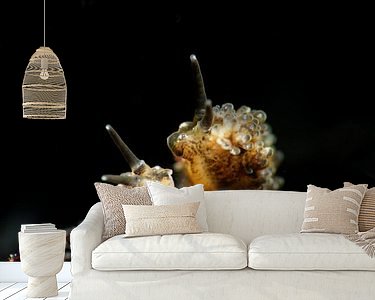





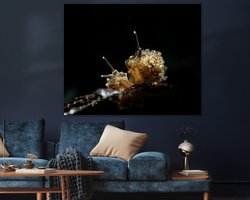
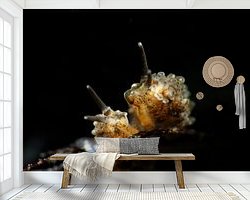


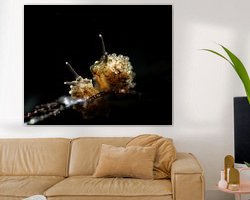
 Animals
Animals Aquatics
Aquatics Fishing
Fishing Gentle Whispers
Gentle Whispers Mysterious Spheres
Mysterious Spheres Nature and weather
Nature and weather Oceans and seas
Oceans and seas Photo wallpaper
Photo wallpaper Photography
Photography Sea animals
Sea animals Serene Peace
Serene Peace Underwater photography
Underwater photography









